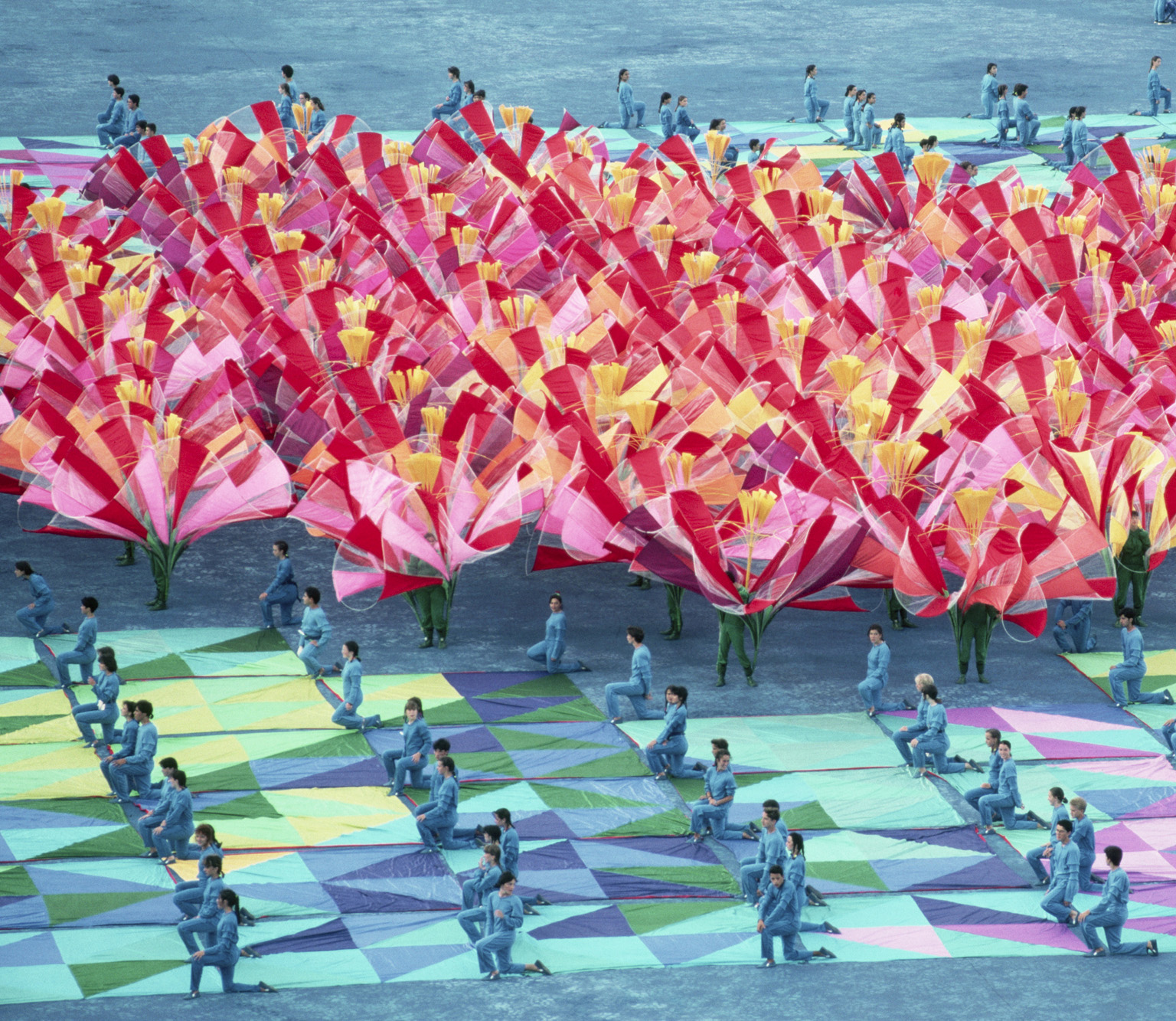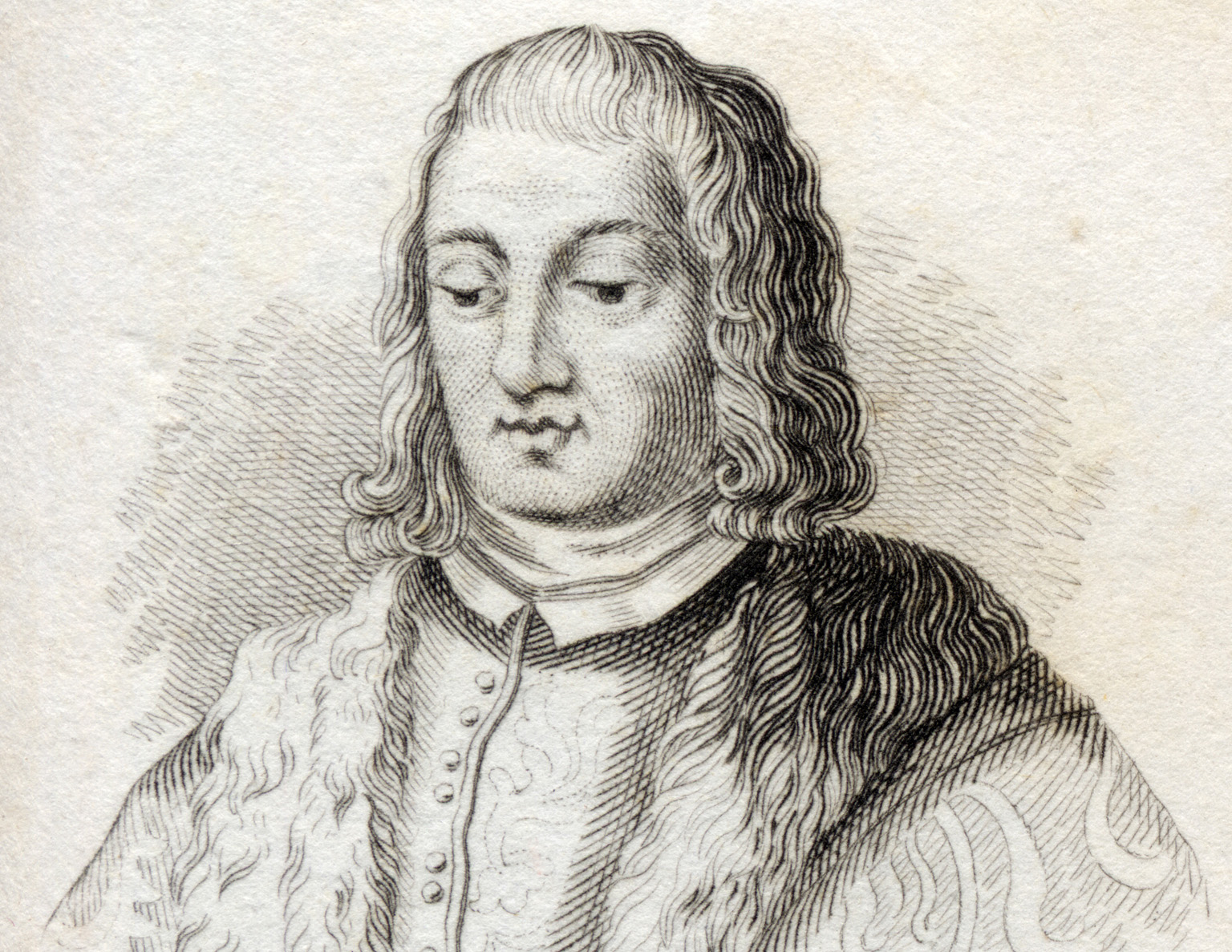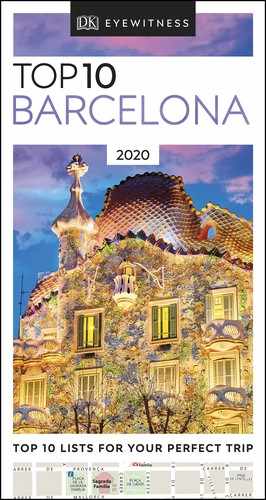MOMENTS IN HISTORY
1. 3rd Century BC: The Founding of a City
Barcino, as the city was first known, was founded in the 3rd century BC by Carthaginian Hamilcar Barca. It was taken by the Romans in 218 BC but played second fiddle in the region to the provincial capital of Tarragona.
2. 4th–11th Centuries: Early Invasions
As the Roman Empire began to fall apart in the 5th century, Visigoths from the Toulouse area took over the city. They were followed in the 8th century by the Moors, who moved up through the Iberian peninsula at great speed. Around AD 800, Charlemagne conquered the area with the help of the Pyrenean counts, bringing it back under the control of the Franks.
3. 12th–16th Centuries: The Middle Ages
During this period, Barcelona was the capital of a Catalan empire that stretched across the Mediterranean. The city’s fortune was built on commerce, but as neighbouring Castile expanded into the New World, trading patterns shifted and the Catalan dynasty faltered. Barcelona fell into decline and came under Castilian domination.
4. 1638–1652: Catalan Revolt
In reaction to the oppressive policies set out in Madrid, now ruled by the Austrian Habsburgs, various local factions, known as Els Segadors, rebelled. Fighting began in 1640 and dragged on until 1652, when the Catalans and their French allies were finally defeated.
5. 19th Century: Industry and Prosperity
Booming industry and trade with the Americas brought activity to the city. Immigrants poured in from the countryside, laying the foundations of prosperity but also seeds of unrest. The old city walls came down, broad Eixample avenues were laid out and workers crowded into the old city neighbourhoods left behind by the middle classes.
6. 1888–1929: The Renaixença
The International Exhibitions of 1888 and 1929 sparked a Catalan renaissance. Modernista mansions came up and the nationalists oversaw a revival of Catalan culture.

Exhibition poster, 1929
7. 1909–1931: The Revolutionary Years
Discontent was brewing among workers, Catalan nationalists, communists, Spanish fascists, royalists, anarchists and republicans. In 1909, protests against the Moroccan war turned into a brutal riot, the Setmana Tràgica (Tragic Week). Lurching towards Civil War, Catalonia suffered under a dictatorship before being declared a republic in 1931.
8. 1936–1975: Civil War and Franco
At the outbreak of war in 1936, Barcelona’s workers and militants managed to fend off General Franco’s troops for a while. The city was taken by Fascist forces in 1939, prompting a wave of repression, particularly of the Catalan language, which was banned in schools.

Franco addressing a rally, 1939
9. 1975–1980s: Transition to Democracy
Franco’s death in 1975 paved the way for democracy. The Catalan language was rehabilitated and the region was granted autonomy. The first Catalan government was elected in 1980.
10. 1992–Present Day: The Olympics and Beyond
Barcelona was catapulted onto the world stage in 1992 with the highly successful Olympic Games. In 2015, the Junts pel Sí (‘Together for Yes’) coalition won the regional elections. In 2017, they held an independence referendum which was decreed illegal by Spain and saw many politicians put in jail. The struggle continues, and polls show an almost 50-50 division in favour and against.

Opening ceremony, 1992 Olympics
TOP 10 HISTORICAL FIGURES
1. Guifré the Hairy
The first Count of Barcelona (d. 897), seen as Catalonia’s founding father.

Ferdinand the Catholic
2. Ramon Berenguer IV
He united Catalonia and joined it with Aragon by marrying the Aragonese princess Petronilla in 1137.
3. Jaume I the Conqueror
This 13th-century warrior-king conquered the Balearics and Valencia, laying the foundations for the empire.
4. Ramon Llull
Mallorcan philosopher and missionary, Llull (d. 1316) is the greatest figure in medieval Catalan literature.
5. Ferdinand the Catholic
King of Aragon and Catalonia (d.1516), he married Isabella of Castile, paving the way for the formation of a united Spain and the end of Catalan independence.
6. Idlefons Cerdà
The 19th-century urban planner who designed the Eixample.
7. Antoni Gaudí
An idiosyncratic and devout Modernista architect, Gaudí was responsible for Barcelona’s most famous monuments.
8. Francesc Macià
This socialist nationalist politician proclaimed the birth of the Catalan Republic in 1931 and Catalan regional autonomy in 1932.
9. Lluís Companys
Catalan president during the Civil War. Exiled in France, he was arrested by the Gestapo in 1940 and returned to Franco, who had him executed.
10. Ada Colau
A street activist turned politician, he is now the popular, charismatic and controversial mayor of Barcelona.
